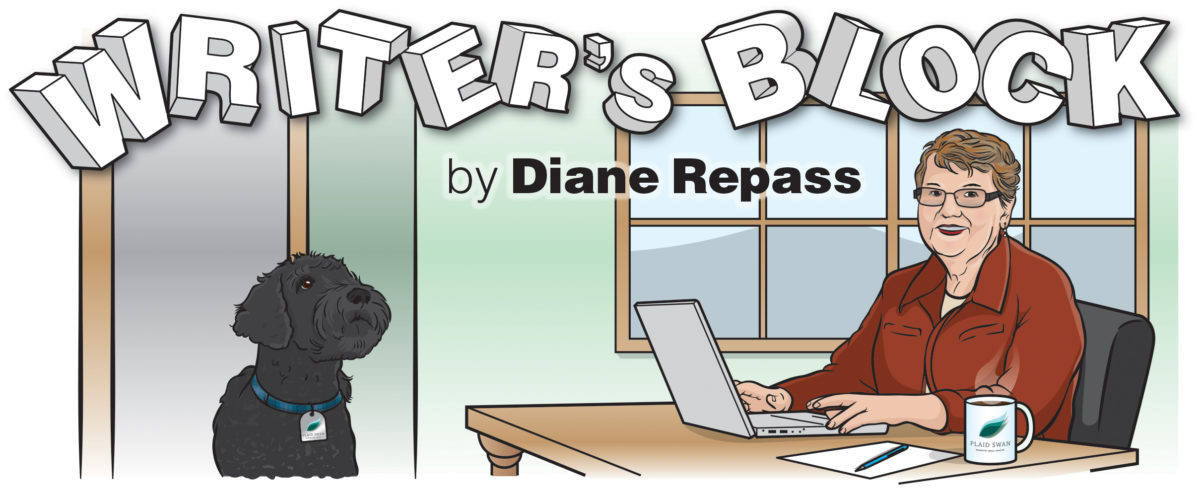Tune Your Tone
“Good job.” These two words can be said in so many ways that completely change their meaning. Imagine someone saying them with enthusiasm so that they are a sincere compliment. Or, they could be sarcastic or accusatory so that the spoken meaning is inescapably altered. Body language, inflection, eye contact affect how the purpose is perceived. In written work, the reader doesn’t have all these clues to determine intended meaning, so the writer has to create a tone through word choice, level of formality, and syntax to clarify the meaning.
Tone in writing is the writer’s attitude toward a subject and the audience. Just like voice inflection changes the meaning of the spoken word, tone affects how the written message will be received. Many words describe the tone of written work: friendly, critical, appreciative, defiant. To create the appropriate tone, the writer should ask him/herself a few fundamental questions:
- What is my purpose in writing this?
- Who is going to read this? Am I writing to my employer or a fellow employee? Is my audience a general one or a professional group?
- What is it that I want my reader to learn from this?
- Based on these questions, what tone should I be using? Am I matching the tone to the capabilities of my audience? Am I matching the tone to a specific type of publication (letter, college essay, professional journal, blog)?
Once a writer has determined the tone, the real work begins. The writer should be concerned with word choice. An important consideration should be denotations (dictionary definitions) and connotations (feelings associated with the word). Think about the meanings of the words “thin” and “skinny.” They are similar in meaning, but being thin is a goal of many people, which has a positive connotation, while being skinny has a slightly more negative, undesirable connotation.
Two other choices for words include choosing specific over general words and concrete over abstract words. For example, the word “illness” is a general term, but “stage-four cancer” carries more meaning and heightens sympathy and concern. “Freedom” is an abstract term, but there are so many kinds of freedom, and choosing a more concrete expression, like, “freedom of religion,” can shape the tone. Choosing to use jargon (language that is used by a specific group) can also affect tone depending on the audience. To choose legal jargon or technical jargon for an audience not familiar with the meanings alters the tone completely.
The level of formality is another contributing factor. Formality works on a continuum from informal to formal. Informal language is more personal than formal. It uses slang, contractions, and first or second person (I or you). It is more subjective (deals with opinions and feelings), and it more approximates spoken language. Formal language is more scholarly and professional, and it is more objective. Many readers find it difficult to read, and so writers often choose a medium level of formality to make it palatable to more readers. Longer words and words with Greek and Latin roots are more typical of formal language. For example, these words mean the same thing, but one is more formal than the other:
Formal Informal
Terminate End
Locate Find
Initiate Begin
Establish Set up
Commence Start
Syntax, the way words are organized into sentences, is the third way that tone is conveyed. Active voice (I ate the chicken) vs. passive voice (the chicken was eaten [by me – optional]) rearranges the subject and object in a sentence depending on which is the more important actor or focus of the sentence. While most writing guides discourage the use of the passive voice, it can be more authoritative (the building will be closed at 8:00 p.m. sharp) or more tactful. Another way of using syntax to add to tone is to consider emphasis and subordination. When a writer wants to emphasize a point, he or she will use shorter, more concise sentences. In contrast, to subordinate a point, place it in a compound sentence.
Consider these examples:
Emphasis: Smoking will no longer be permitted in the building. The committee on employee health and safety reached this decision after considering evidence from researchers and physicians on the dangers of second-hand smoke.
Subordination: The committee on employee health and safety has finished considering evidence, and they have reached the decision that smoking will no longer be permitted in the building. (Purdue OWL: Tone in Business Writing)
Finally, a writer can incorporate these suggestions for perfecting the desired tone of a piece.
- Use a more neutral tone for negative topics. Take time to become calmer if you’re too angry, and have someone else critique your writing for a tone that is too negative or subjective.
- Be sure to give your readers a purpose for reading your work. This creates an incentive to make your reader want to continue reading.
- Don’t mix tones and read your work aloud or have someone read it to you to listen for consistency.
- Edit, edit, edit.

Diane Repass is a retired tenured assistant professor
from The University of Dubuque and now a beloved
writer for Plaid Swan Inc. She received her M.A. from
The University of Northern Iowa in Cedar Falls, Iowa.

